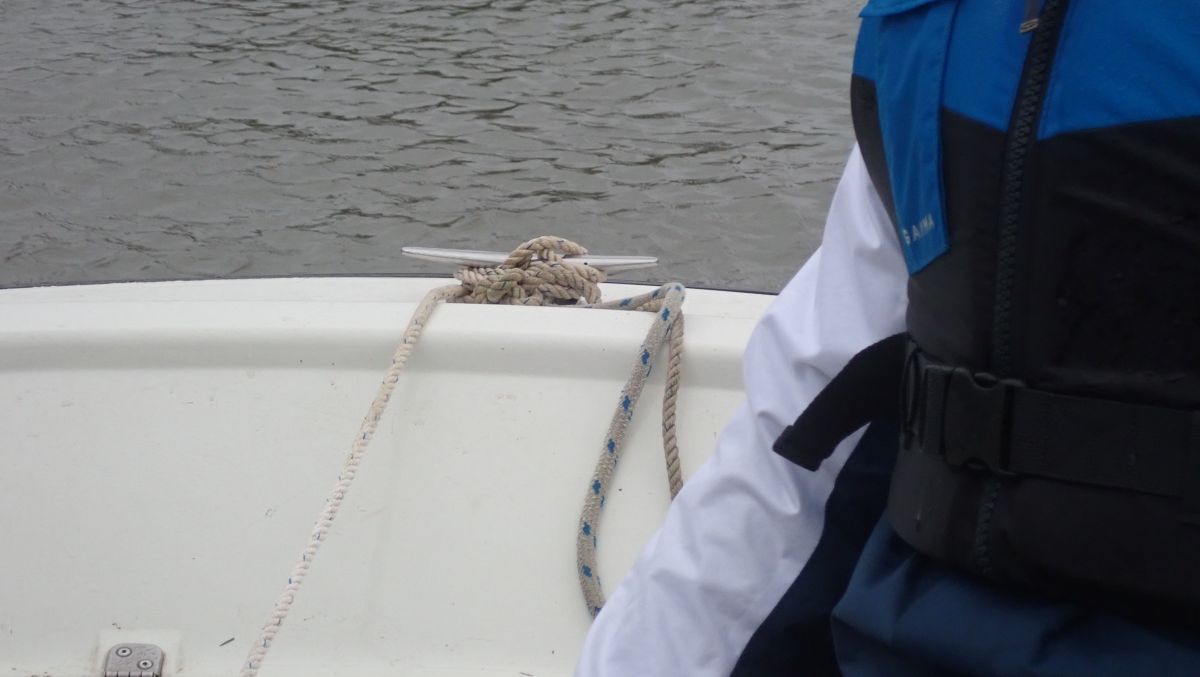Anchors are essential equipment for any powerboat, providing security and stability when you need to stay in one place. In this episode, we’ll explore the different types of anchors, their advantages and disadvantages, and the proper techniques for deploying and recovering an anchor from a small powerboat.
Each type of anchor is suited to different seabeds and boating conditions. Here’s an overview:
Fluke Anchor (Danforth Anchor)
Best Use: Soft seabeds like sand or mud.
Advantages:
Lightweight and easy to handle.
High holding power in soft substrates.
Disadvantages:
Poor performance in rocky or weedy areas.
Plough Anchor
Best Use: Versatile, suitable for sand, mud, and weedy seabeds.
Advantages:
Excellent holding power.
Resets itself well if the wind or tide changes.
Disadvantages:
Heavier and bulkier than a fluke anchor.
Claw Anchor (Bruce Anchor)
Best Use: Mixed seabeds, including rock and coral.
Advantages:
Easy to set and reliable in a variety of conditions.
Stable under changing wind and tide.
Disadvantages:
Moderate holding power compared to plough anchors.
Grapnel Anchor
Best Use: Small boats, dinghies, and rocky seabeds.
Advantages:
Lightweight and compact, making it ideal for small powerboats.
Holds well in rocky or rough terrain.
Disadvantages:
Difficult to retrieve if it becomes lodged in rocks.
Mushroom Anchor
Best Use: Permanent moorings in soft seabeds.
Advantages:
High holding power over time.
Suitable for long-term anchoring.
Disadvantages:
Not practical for frequent deployment and recovery.
Ineffective on hard or rocky seabeds.
Deploying an anchor correctly ensures it holds securely and doesn’t damage the seabed or your boat.
Choose the Right Spot:
Select an area with suitable depth and seabed for your anchor type.
Ensure there is enough room to swing safely if the wind or tide shifts.
Prepare the Anchor:
Attach the anchor securely to the boat’s anchor rode (chain or rope).
Check that the rode is free of tangles and knots.
Lower, Don’t Throw:
Slowly lower the anchor over the bow to avoid tangling or damaging the boat.
Allow the anchor to sink until it touches the seabed.
Set the Anchor:
Let out the appropriate amount of rode, this is around 3 to 5 times the water depth. Typically 4x the depth if chain and 6x the depth is chain and rope.
Reverse the boat slowly to allow the anchor to dig into the seabed.
Check the Hold:
Gently apply reverse power to ensure the anchor is holding securely.
Use landmarks or GPS to confirm the boat isn’t drifting.
Recovering an anchor requires care to avoid strain on the equipment or injury.
Position the Boat:
Move the boat directly above the anchor using the engine to reduce tension on the rope/chain.
Retrieve the Rode:
Pull the rode hand-over-hand or use a windlass if available.
Keep the rope clear of tangles and watch for strain on the line.
Break the Anchor Free:
Once the boat is directly above the anchor, apply gentle forward power or rock the boat slightly to break the anchor free from the seabed.
Clean the Anchor:
Wash off any mud, sand, or debris before stowing the anchor.
Stow Securely:
Secure the anchor and rode properly to prevent damage to the boat or injury during transit.
Anchoring is a fundamental skill for powerboaters, and knowing the right type of anchor for the conditions is key to a safe and successful experience. Anchors are quite expensive and purchasing the right one for a boat and its use is important. Mastering the deployment and recovery process will give you confidence in keeping your boat secure in various situations.
